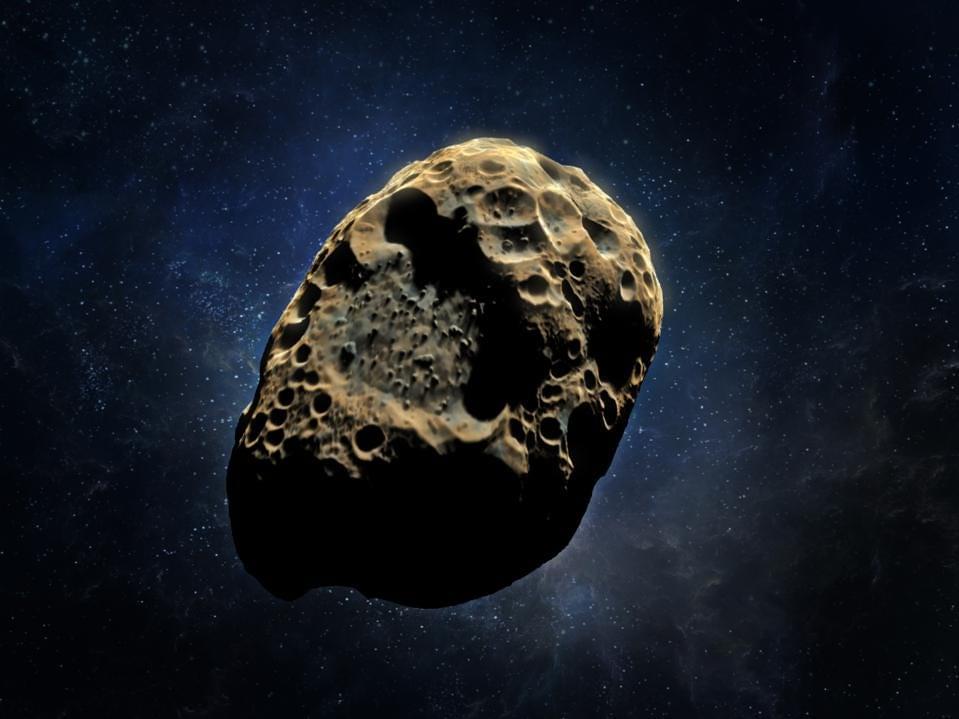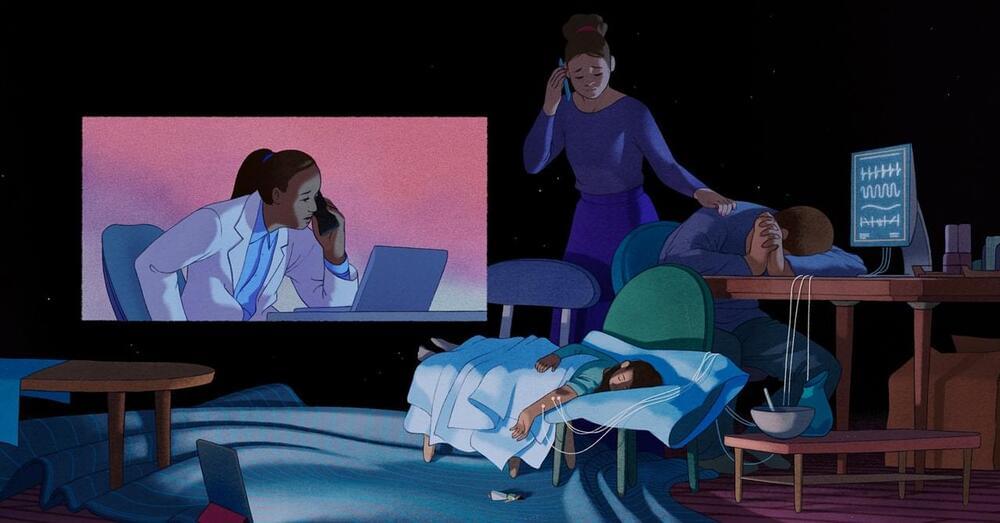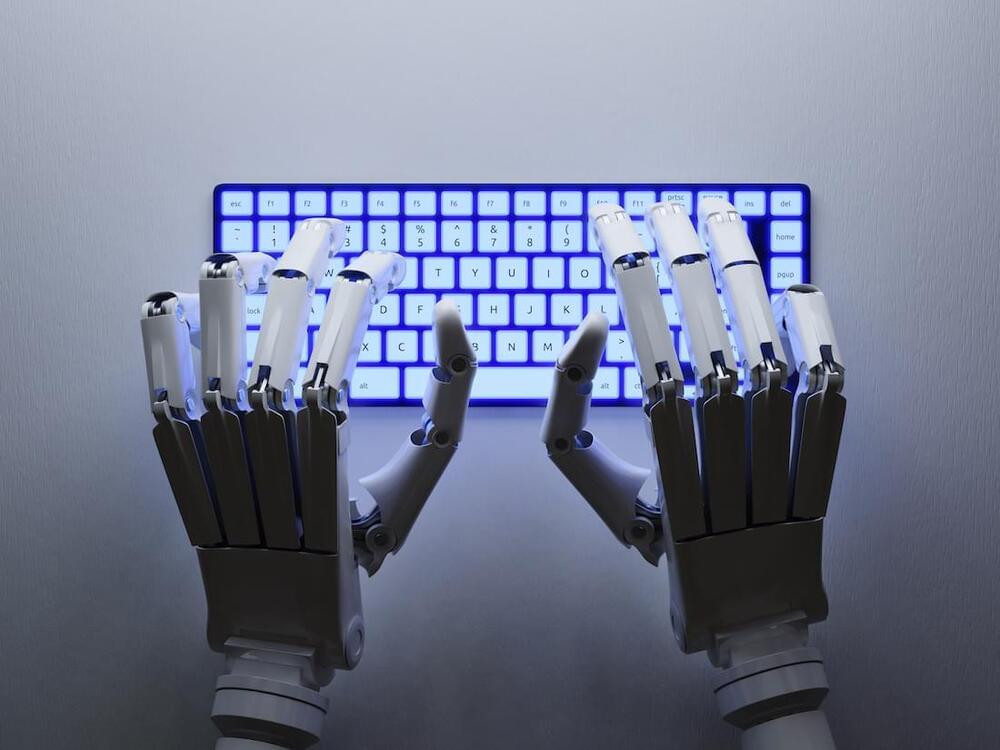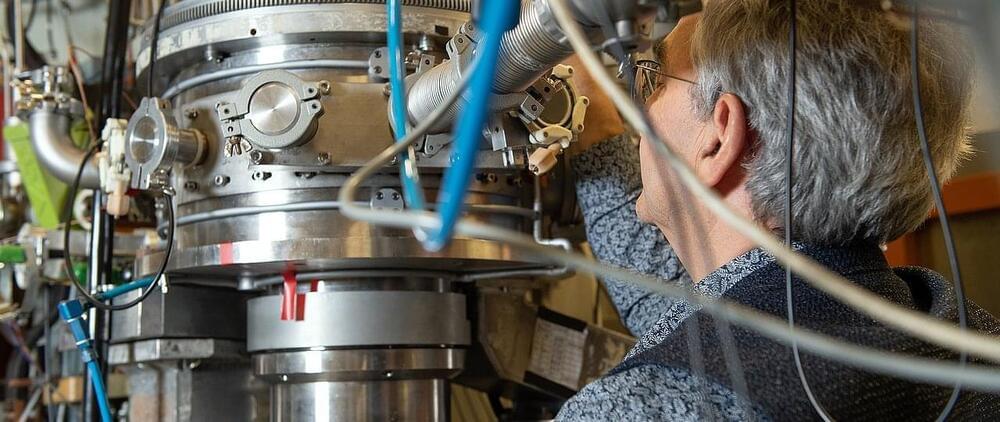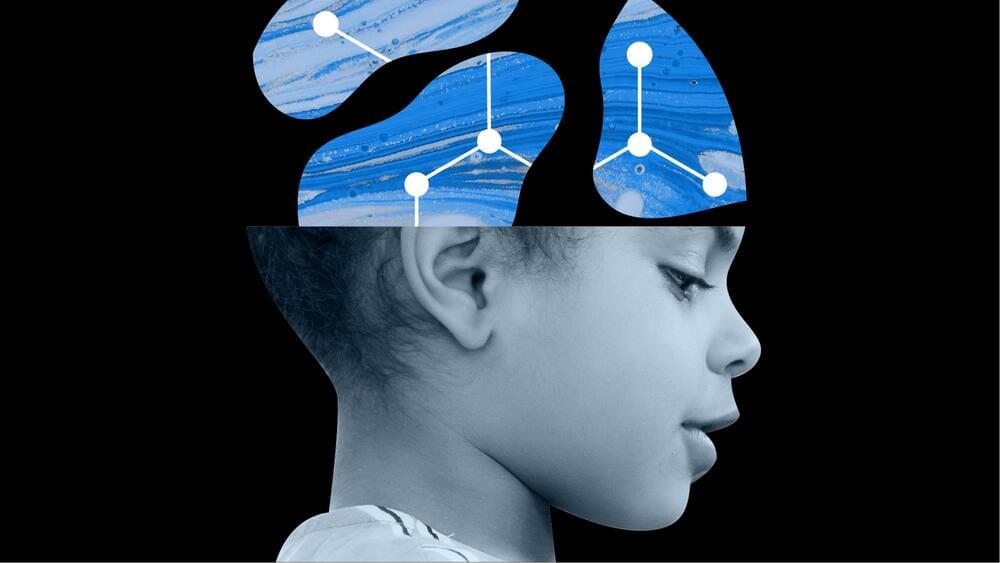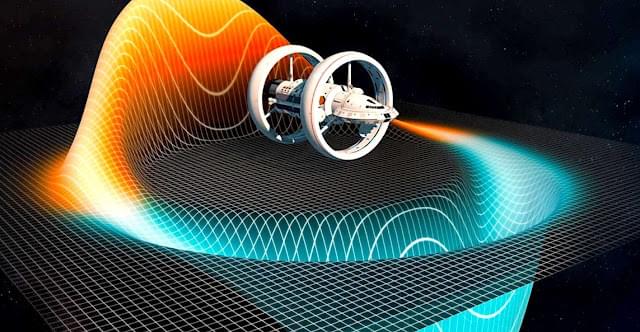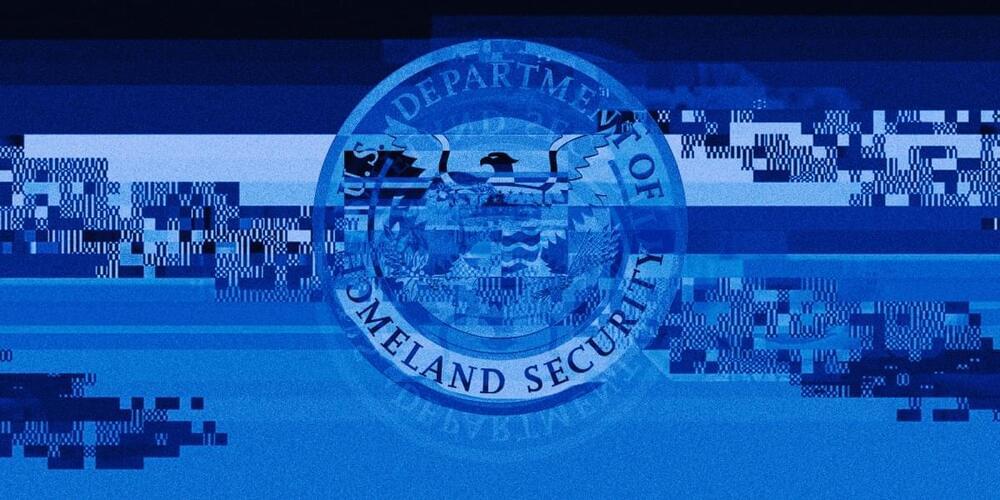The possibility of space mining in future was thrown into sharp relief this weekend as a Near Earth Asteroid (NEA) called 4,660 Nereus passed our planet.
Worth an estimated $5 billion in precious metals and measuring 330 meters across, Nereus at no point came anywhere near being dangerous, getting no closer than 2.4 million miles/3.9 million kilometers at 13:51 UTC on Saturday, December 11, 2021.
That’s about 10 times the distance between the Earth and the Moon.
So why so much attention on Nereus?
There seemed to be a lot of misunderstanding about how dangerous—or otherwise—Nereus could be to Earth.
That’s because Nereus belongs to the subgroup of NEAs known as Apollo asteroids, which means that it will cross the path of Earth’s orbit at some point.
Full Story:
